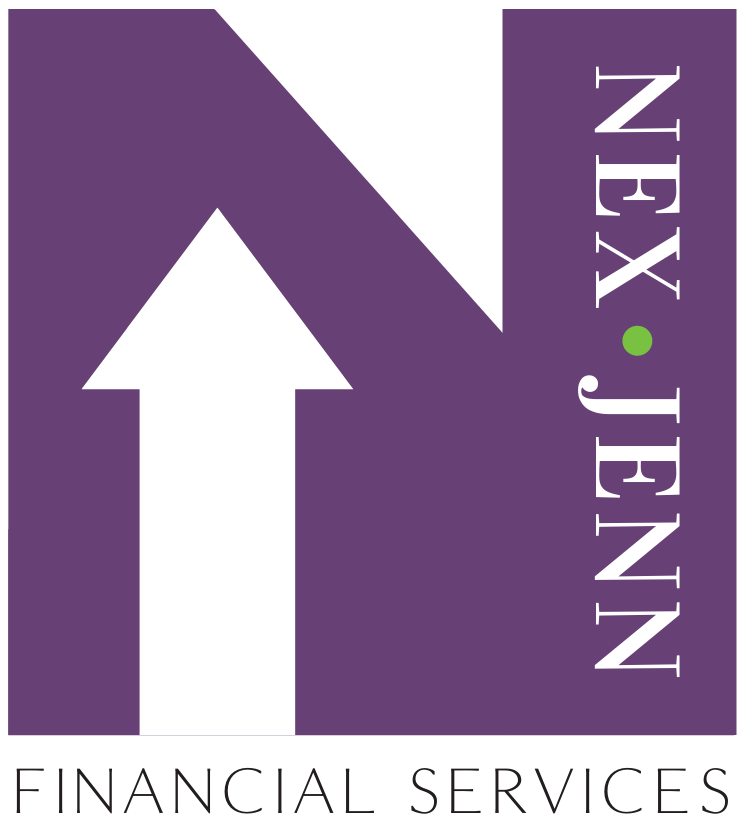
Estimated Read Time: 5 minutes 45 seconds
If you’re a decade or so away from retirement, you’ve probably spent at least some time thinking about this significant life change. How will you manage the transition? Will you travel, take up a new sport or hobby, or spend more time with friends and family? Should you consider relocating? Will you continue to work in some capacity? Will changes in your income sources affect your standard of living? All of these questions can make the process seem downright daunting. Luckily, planning for retirement now can help you focus your efforts and minimize the anxiety that often accompanies the shift.
The key takeaways from this blog are:
- Reassessing Living Expenses
- Considering All Income Sources
- Paying Off Debt to Power Up Savings
- Managing Taxes
- Accounting for Healthcare
Reassessing Living Expenses
As you transition into different phases of retirement, you should re-evaluate your expenses and anticipate them to change over time. For example, even though commuting and other work-related expenses may disappear during retirement, additional costs will arise. Not surprisingly, healthcare costs tend to increase as you retire. Therefore, several years prior to retirement, try to estimate what your monthly expense budget might look like during the first few years of retirement, and then continue to adjust and reassess as your vision of retirement becomes a reality.
According to a recent survey, 43% of retirees said they were “very confident” that they would be able to meet their basic expenses in retirement. In comparison, only 32% showed similar levels of confidence in meeting healthcare costs. So, it is essential to factor in these costs to ensure you understand how much you will need to save up for a comfortable retirement.
Considering All Income Sources
Start by determining how much you will receive from Social Security, which will depend on your earnings history and when you elect to start receiving benefits. You can elect to receive retirement benefits as early as age 62 or as late as age 70.The longer you wait, the larger your benefit. To can get an estimate of your retirement benefit go to the Social Security Administration website, ssa.gov and sign up for a my Social Security account to view your online Social Security statement. Be sure to check your statement carefully and address any errors as soon as possible.
Next, review your retirement accounts. Start with any employer-sponsored plans, then factor in any IRAs and traditional investment accounts you own and estimate how much they would provide every month. If you are married, include your spouse’s retirement accounts as well. If your employer offers a traditional pension plan, contact the plan administrator to estimate the monthly benefit amount.
Some other retirement income questions to consider:
- Will you generate any rental income from properties?
- Are you going to work part-time?
- Do you have any profitable hobbies that could turn into a business?
Paying Off Debt to Power Up Savings
Once you estimate your future retirement expenses and income, start focusing on paying off debt and powering up your retirement savings so that you’re ready when you retire.
- Why pay off debt? Entering retirement debt-free will allow you to modify your monthly expenses during retirement if the need arises. Alternatively, starting retirement with fixed debt payments, such as mortgages, loans, and credit-card balances, will put you at the mercy of those monthly payments.
- Why power up savings? In the final years before retirement, you’re likely to earn the highest career salary. Why not save and invest as much as you can in your employer-sponsored retirement savings plan and IRAs? These allow the largest contributions and typically charge very low fees. Aim for hitting maximum allowable contributions, and remember, if you’re 50 or older, you can take advantage of catch-up contributions, which enable you to contribute an additional $6,500 to your 401(k) plan and an extra $1,000 to your IRA in 2022.
Managing Taxes
As you think about when to tap into your various resources for retirement income, remember to consider the tax impact of your strategy. For example, it may make sense to withdraw money from your taxable accounts first to allow your employer-sponsored plans and IRAs more time to benefit from tax-deferred growth potentially. Remember, however, that you are required to begin taking minimum distributions from non-Roth tax-deferred accounts once you reach age 72, whether or not you need the money.
If you decide to work during retirement while receiving your Social Security benefit, understand that any income you earn may result in taxable social security benefits.
If leaving a financial legacy is a goal for you, you’ll also want to consider how estate and income taxes might affect your heirs. Managing retirement income to result in the best possible tax scenario can be highly complicated. Qualified tax and financial professionals can provide valuable insight and guidance.
Accounting for Healthcare
The Employee Benefit Research Institute (EBRI) reported that the average 65-year-old married couple retiring in 2020, with average prescription drug expenses, would need about $270,000 in savings to have a 90% chance of meeting their insurance premiums out-of-pocket healthcare costs in retirement. This information highlights exactly why healthcare should get special attention as you plan your road to retirement.
As you age, the portion of your budget consumed by health-related costs, medical and dental, will likely increase. Although Original Medicare (Parts A and B) will cover some of your costs, you’ll still be responsible for deductibles, copayments, and coinsurance. So, unless you’re prepared to pay for these costs out of pocket, you should research which plan is best for you.
One option is to purchase a supplemental Medigap insurance policy. Medigap policies are sold by private health insurers and standardized and regulated by state and federal law. These plans offer different levels of coverage and may pay many out-of-pocket costs.
Another option is Medicare Advantage (also known as Medicare Part C), a bundled plan that includes Parts A and B, and usually Part D prescription coverage, and may offer additional benefits Original Medicare doesn’t cover. If you enroll in Medicare Advantage, you cannot purchase a Medigap policy. It’s one or the other. For more information, visit medicare.gov.
Take some time to think about what would happen if you or your spouse needed home care, nursing home care, or other forms of long-term assistance, which Medicare and Medigap do not cover. Long-term care costs vary substantially depending on where you live and can be extremely expensive. For this reason, people often consider buying additional long-term care insurance. Policy premiums may be tax deductible based on several different factors. If you have a family history of debilitating illness such as Alzheimer’s, have substantial assets you’d like to protect, or want to leave assets to heirs, a long-term care policy may be worth considering.
Bottomline
This blog has touched on some of the main factors to consider as you transition into retirement. It helps to break the bigger retirement picture into smaller manageable categories. By making the best use of your remaining working years, you can get ahead and plan accordingly to help ease yourself into a comfortable retirement.
